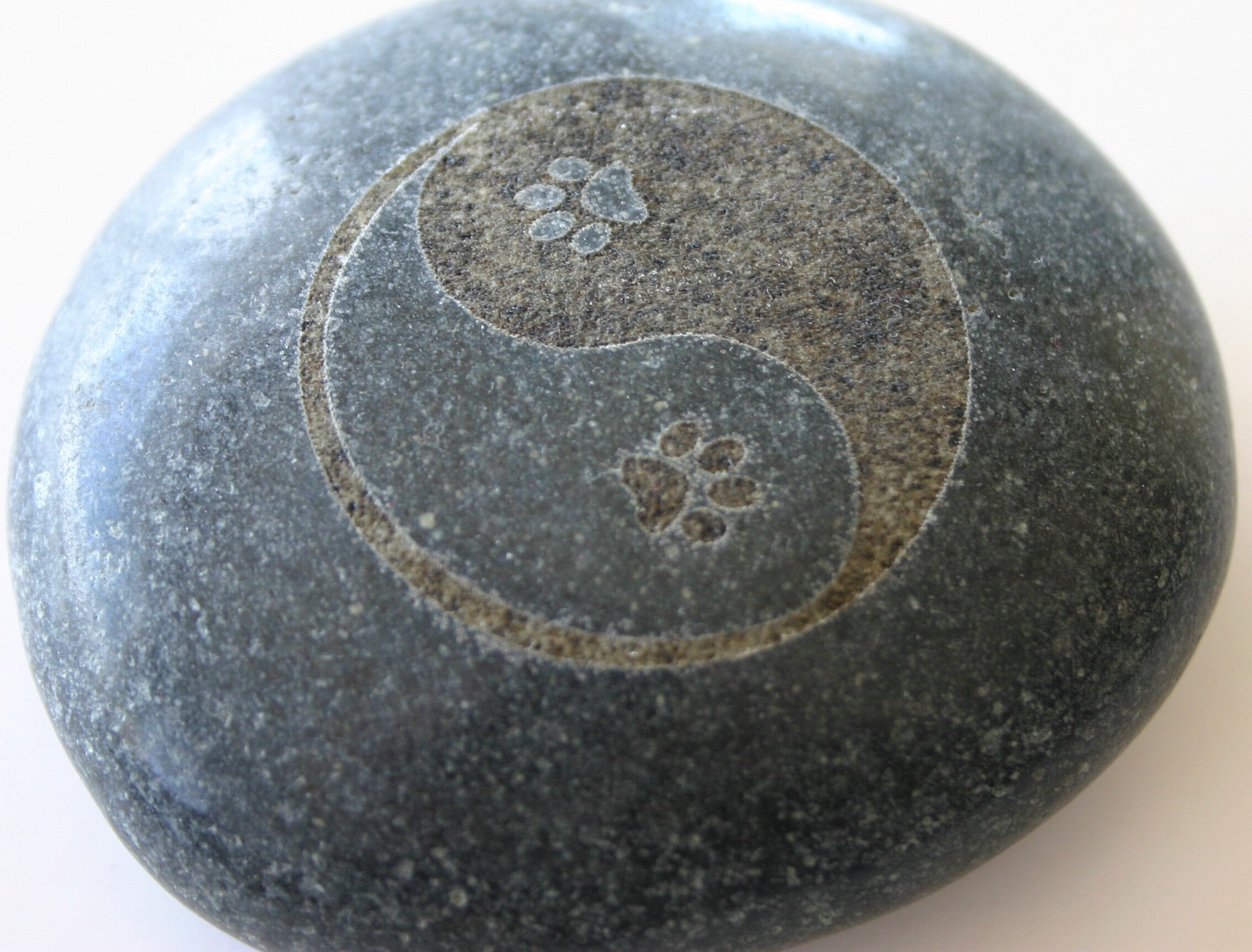

Each, however, contains the seed of its opposite. The mostly white portion, being brighter, is yang and the mostly dark portion, being dim, is yin. The symbol shown at the top righthand corner of this page, called Taijitu (太極圖), is another way to show yin and yang. One way to write the symbols for yin and yang are a solid line (yang) and a broken line (yin) which could be divided into the four stages of yin and yang and further divided into the eight trigrams (these trigrams are used on the South Korean flag).

For example, cold water (yin) can be boiled and eventually turn into steam (yang). Yin and yang can also be seen as a process of transformation which describes the changes between the phases of a cycle.
#Yin and yang symbol in river full
South and summer are full yang west and autumn are yang turning to yin north and winter are full yin, and east and spring are yin turning into yang. This flow of time can also be expressed in seasonal changes and directions. Noon, is full yang, sunset is yang turning to yin midnight is full yin and sunrise is yin turning to yang. It is also possible to look at yin and yang with respect to the flow of time. Yin and yang can be compared in the chart to the right. Whereas yin, meaning "shady", corresponds to night and less active functions. Because yang means "sunny", it corresponds to the day and more active functions.

The meaning of the characters for yin and yang, necessarily, has more than just one connotation.


 0 kommentar(er)
0 kommentar(er)
